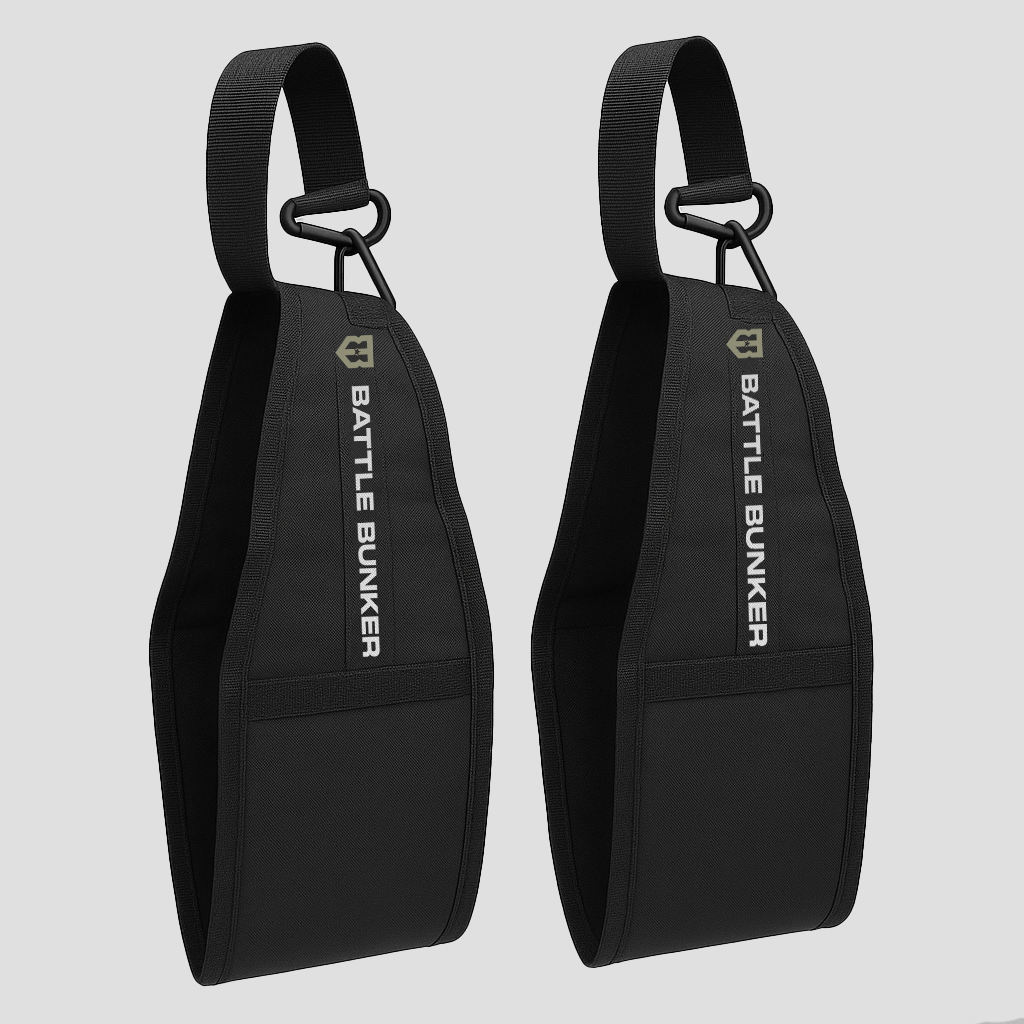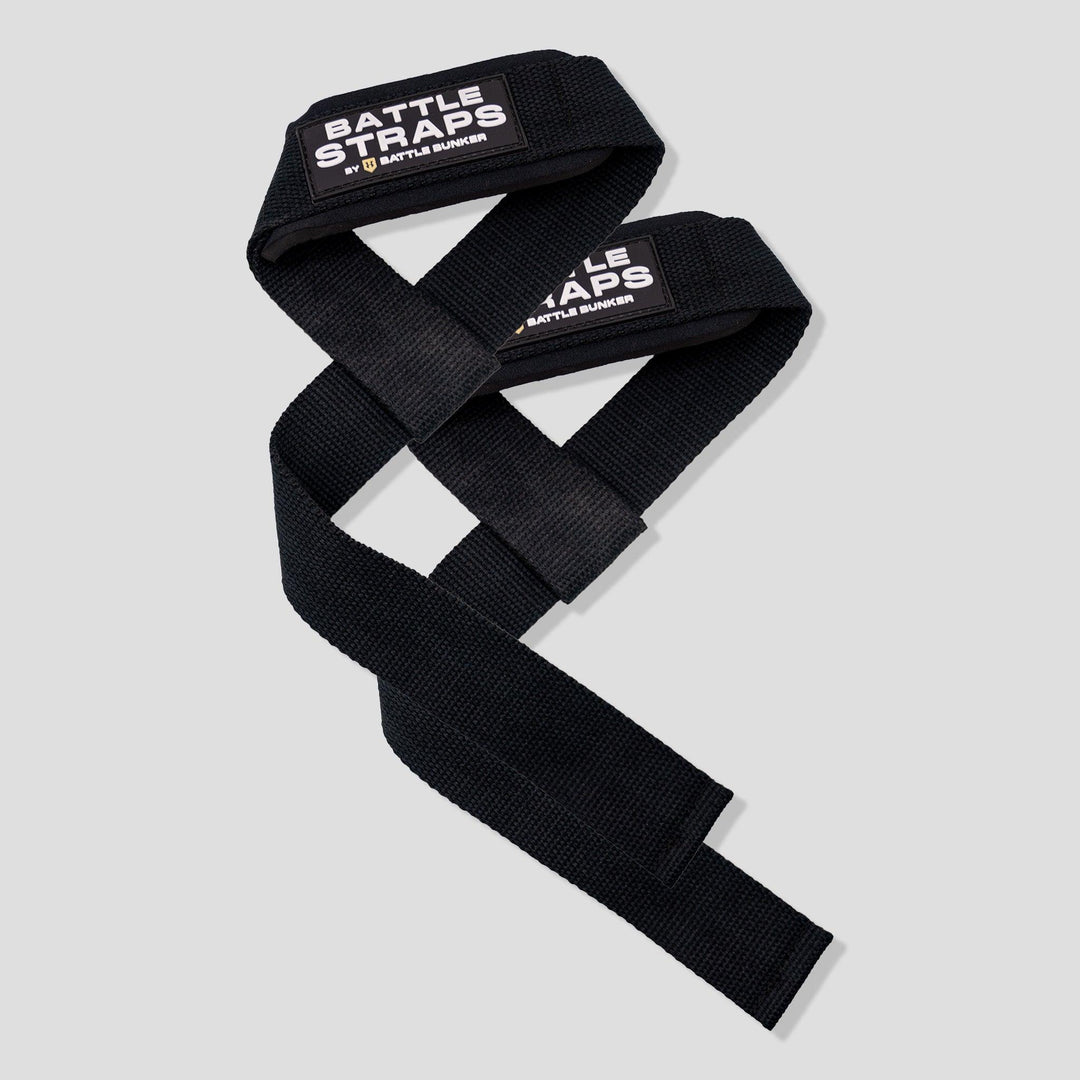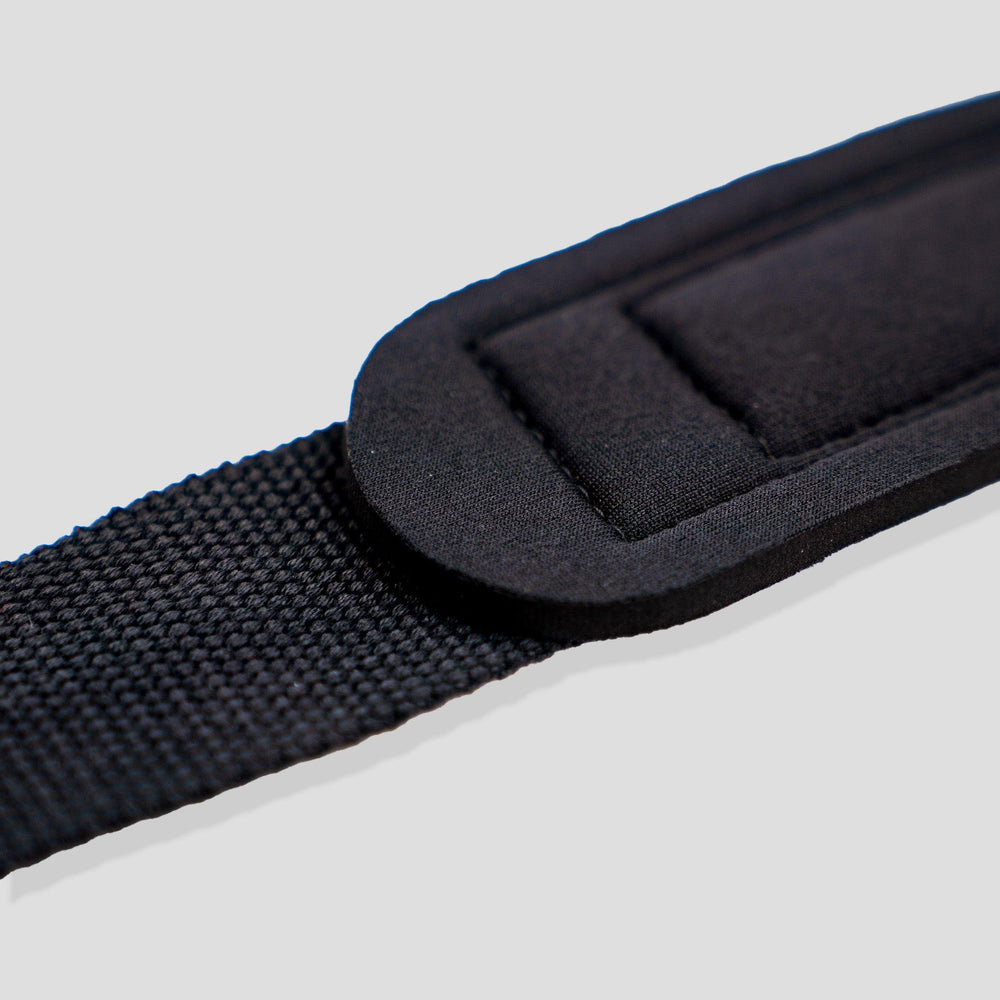When to Use Lifting Straps (and When Not To)
Lifting straps are one of the most powerful tools in the gym — but only if you use them at the right time. Too many lifters either slap them on every set (bad idea) or avoid them altogether because they think it’s “cheating.” The truth is in the middle.
In this guide, we’ll cover:
-
When lifting straps give you the biggest advantage
-
The lifts that benefit most from straps
-
When you shouldn’t use them
-
Pro tips to get more out of every set
By the end, you’ll know exactly when to use lifting straps to break through plateaus without sacrificing grip strength.
Why Use Lifting Straps?
Your grip strength is often the limiting factor in pulling exercises. Your back, traps, and hamstrings may be strong enough to keep going — but if your hands give out first, your set is over.
That’s where straps come in. By locking your wrists to the bar, lifting straps:
-
Prevent grip failure from cutting sets short
-
Let you train the target muscle harder
-
Help you move heavier weight safely
-
Increase total training volume for more gains
👉 Bottom line: straps let you push your pulling lifts further than your grip alone allows.
Best Times to Use Lifting Straps
Here are the main situations where straps should be part of your arsenal:
1. Heavy Deadlifts
Once you get into heavier weight or high-rep sets, grip often gives out before your posterior chain does. Straps let you fully tax your hamstrings, glutes, and back without worrying about the bar slipping.
2. Barbell and Dumbbell Rows
Rows are all about back development. But if your grip fails first, your lats never reach full fatigue. Straps keep the focus where it belongs.
3. Rack Pulls
Rack pulls are designed for overload. Since you’re moving more than your standard deadlift, grip almost always fails early — unless you strap in.
4. Shrugs
Trap training requires lots of volume and heavy weight. Straps keep your hands from frying before your traps get the work.
5. High-Rep Sets
Endurance work with heavier loads can torch your grip. Straps extend your working time so muscles, not hands, set the limit.
When NOT to Use Lifting Straps
Straps are a tool, not a replacement for grip strength. Here’s when you should avoid them:
-
Warm-Ups → Use your raw grip to keep hands strong.
-
Olympic Lifts (Cleans, Snatches) → Straps can interfere with bar turnover.
-
Grip-Specific Training (Farmer’s Carries, Static Holds) → The whole point is grip development.
-
Every Single Set → Over-reliance means your grip never improves.
👉 Rule of thumb: build grip with lighter sets, strap up when grip is the bottleneck.
Pro Tips for Smarter Strap Use
-
Save Them for Heavy Sets – Warm up raw, strap up for top sets.
-
Combine with Chalk – Maximum bar security.
-
Use 18" Straps – Quicker to wrap, less bulky than longer versions.
-
Mix Grip Training – Farmer’s carries, hangs, and fat bar holds keep grip strong even if you use straps often.
FAQs About When to Use Lifting Straps
Q: Will straps weaken my grip over time?
A: Only if you rely on them for every lift. Use them strategically, and your grip will stay strong.
Q: Should beginners use straps?
A: Beginners should first build a base of grip strength. Straps are best once you’re lifting heavy enough that grip fails first.
Q: Are straps allowed in competitions?
A: Not in powerlifting or Olympic lifting. But they’re fair game for bodybuilding, hybrid training, and everyday gym work.
Final Word
Lifting straps are best used as a performance tool, not a crutch. Strap up for heavy pulls, high-rep sets, or back-focused lifts where grip holds you back. Go raw for warm-ups, Olympic lifts, and grip-specific training.
👉 Ready to take your pulling power to the next level? Grab a pair of Battle Bunker Weightlifting Straps — 18" heavy-duty cotton with non-slip texture and padded comfort. Built for serious lifters who refuse to let grip stop their gains.













